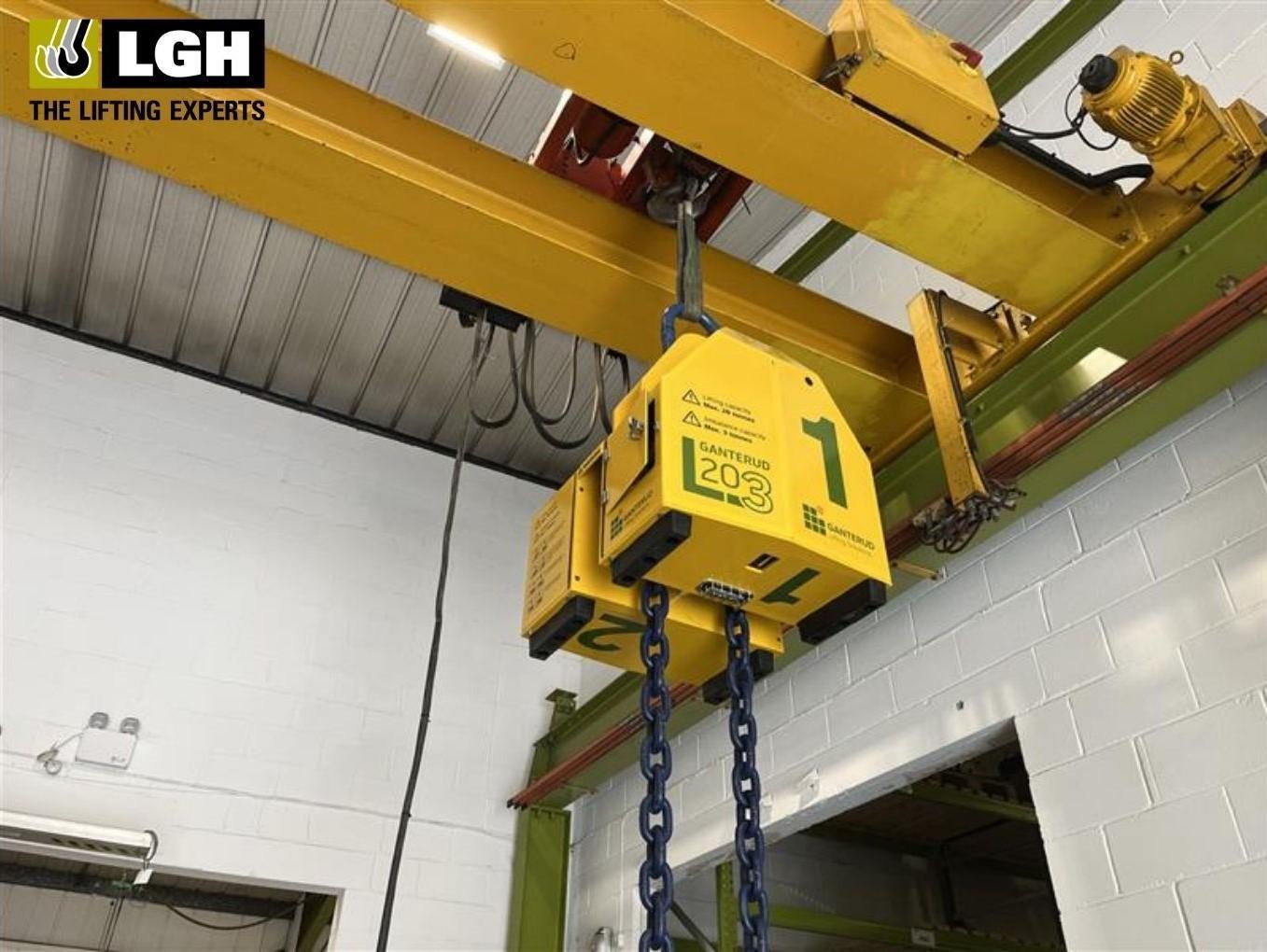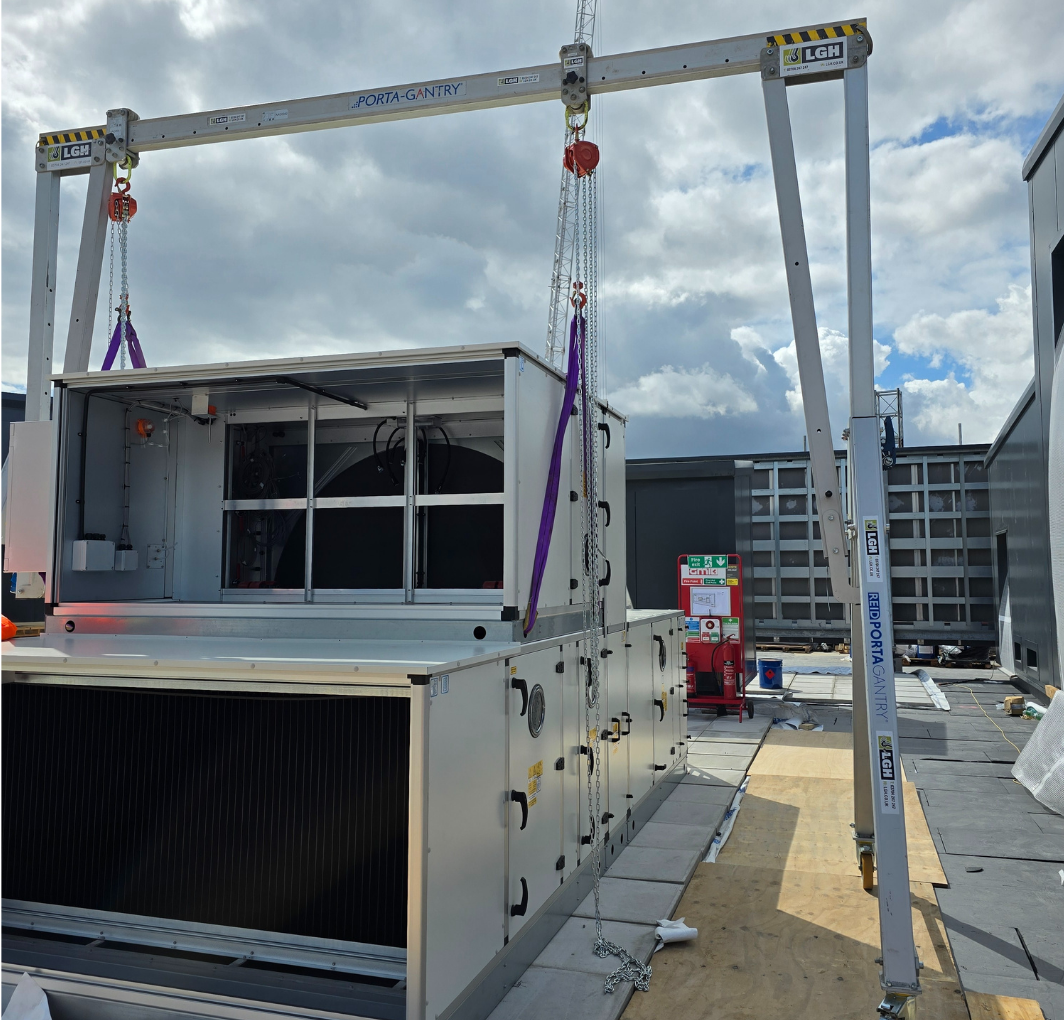Embarking on jacking operations involves more than just lifting and lowering loads. From the selection of the right jack and its appropriate capacity, to maintaining level loads, each aspect plays a vital role in safeguarding both equipment and individuals. This blog sets out to explore the top safety tips for Jacks to make your project both secure and effective.
Selecting the Correct Jack
In operation, jacks may be either hydraulic or mechanical, and are available in a range of capacities and designs. When choosing a suitable jack and devising a lifting plan, consider the following factors:
· Type of Jack: You can opt for a hydraulic, ratchet, 360 degrees rotational, or screw based on your needs.
· Specifications: Take into account the capacity, closed height, lifting height, and overall dimensions of the chosen jack.
· Accessories: Evaluate additional components such as toe or claw attachments, screwed ram and locking collar, and calibrated gauges for accurate load/pressure measurements.
· Support Mechanism: Determine the packing required during the jacking operation and/or to provide support to the lifted load.
Prioritise safety and efficiency by carefully selecting the appropriate jack, understanding its specifications, utilising compatible accessories, and ensuring proper support during the lifting process.
Using Jacks Safely
The majority of jacking procedures necessitate the utilisation of multiple jacks in order for the job to be carried out safely and correctly. Care is essential as it is not possible to lower or raise jacks in perfect unison. Uneven loading condition is the result of the load being transferred from one jack to the other.
Jobs involving Jacks can be considered hazardous as when the Jack is being lowered it will transfer its load share to the other jack. The capacity of the jacks should always be adequate to account for this. Measures should be implemented to maintain a level load within the operational boundaries.
Additionally, consider the following points:
· Avoid using defective jacks or insufficient packing materials.
· Confirm that the flooring can endure the applied loads. When required, employ floor plates to distribute the load across a broader surface. Be cautious of concealed hazards like buried cables and pipes that might compromise the floor's load-bearing capacity.
· The surface beneath the jacks must be level and steady, providing a secure and balanced position without any tilting or rocking. Utilise packers if needed.
· Ensure the jack's head maintains full, stable contact with the load's jacking point; employ packers if necessary to prevent slipping. Refrain from applying uneven loads to the jack.
· Do not raise the load higher than necessary. When lowering loads, exercise particular care. Implement a system of jacking and packing to prevent tilting or falling in the event of jack malfunction.
· Do not overly extend a jack.
· Avoid leaving a load supported solely by jacks. Utilise packing, screwed collars, trestles, or similar supports capable of resisting the load without collapsing.
· Never insert yourself, work, or ascend a load that relies on jacks for support. Always maintain a safe distance from hands and toes to prevent accidents.
When undertaking any project, ensuring the upkeep of your equipment is crucial to achieve a seamless and successful completion. Here are some tips when using Jacks for improved performance:
ALWAYS:
· Store and handle jacks correctly.
· Inspect jacks before use and before placing into storage.
· Ensure the surface on which the jack is placed is level, even and capable of taking the imposed loads.
· Ensure the load is capable of withstanding the forces imposed by the jacking operation.
· Use packing capable of withstanding the imposed loads without crushing. Lift and lower in small stages using support packing to minimise load falls or the load coming onto a single jack.
· Ensure the jack is positioned so that the load is applied to the jack in the correct plane.
NEVER:
· Obliquely load jacks.
· Raise the load higher than necessary.
· Overextend the jack.
· Leave a load supported solely on jacks.
· Reach under a load supported by jacks.
· Work or climb on a load supported by jacks.
In summary, when engaging in jacking operations, it's crucial to ensure the capacity of jacks, maintain level loads, and assess the floor's load-bearing capacity. The jack's placement should be on a stable, level surface with secure head-to-load contact, and precautionary measures should be utilised as needed.
Prioritise safety by refraining from overloading jacks, keeping a watchful eye during lowering, and employing reliable support systems. Always prioritise personal safety by refraining from interacting with loads supported by jacks and maintaining distance from potential hazards.
Are you in need of jacks for your upcoming project? Look no further! Our team of lifting experts are on hand to help you select the ideal jack that fits your project perfectly!
Contact our expert team on 03704 247 247 or email us at enquiries@lgh.co.uk. You can also complete the Contact Us form or alternatively use our chat box and we'll get back to you as soon as possible.






